Weeds, Diseases and Pests
-

Blister beetles sometimes infest forage crops such as alfalfa, where they may become incorporated in hay. This publication discusses biology, cause of illness and management of blister beetles.
G. Buntin, Dennis Hancock, and Lisa Baxter
|
-

A new disease has been identified in the Georgia blueberry production region. This disease has been named “bacterial leaf scorch.” This publication includes identification and control methods.
Dan Horton, Gerard Krewer, Phillip Brannen, Chung-Jan Chang, and Robert Boland
|
-
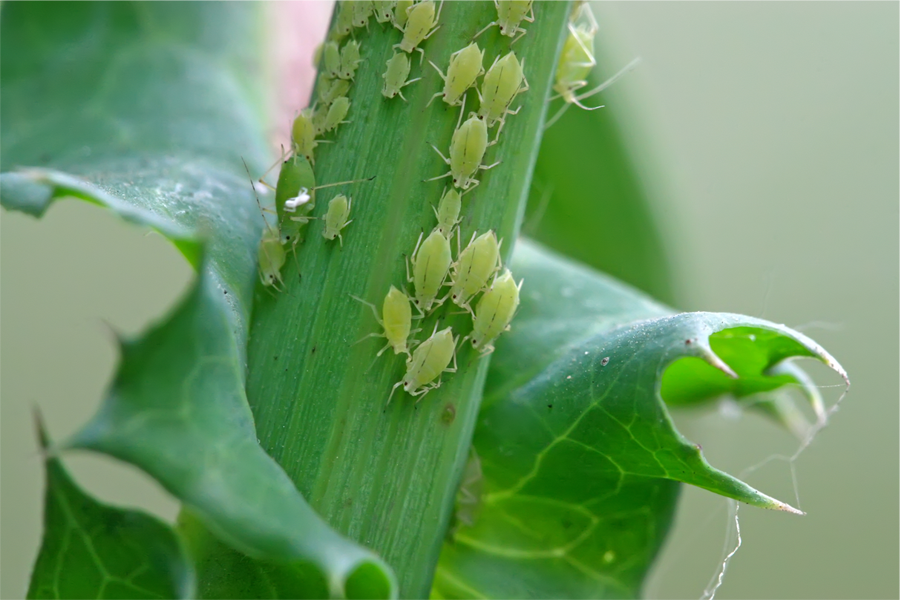
An introduction to and information on the biology, damage, and management of aphids in the ornamental landscape.
William Hudson and Shimat Joseph
|
-

The purpose of this guide is to help users identify insects, spiders and mites that are beneficial to the garden. Such beneficials help manage pests that can damage plants. Tips to conserve and protect beneficials are also included.
Susan Braman
|
-
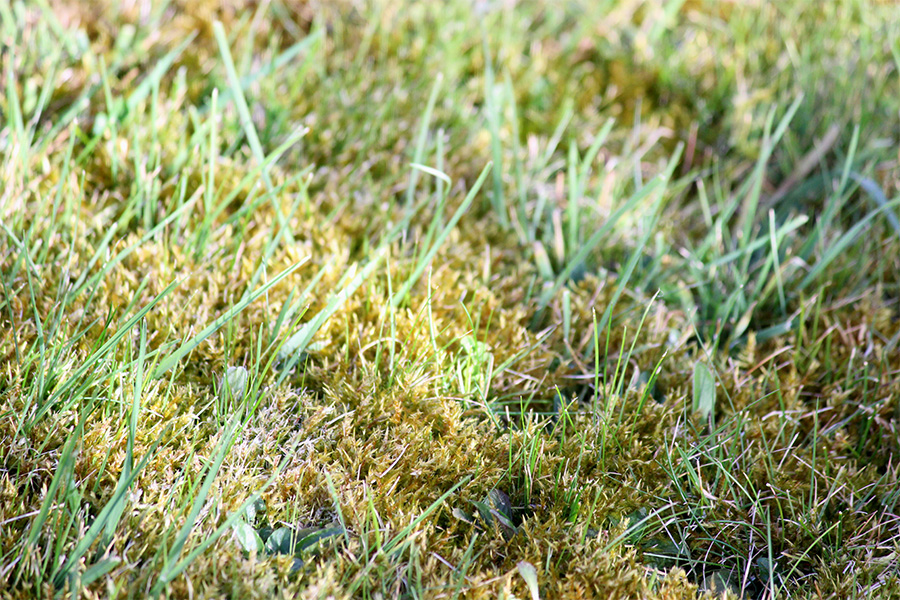
Occasionally, turfgrass areas begin to thin out and moss and algae start to form. These primitive plants develop because conditions for growing dense, healthy turf have declined. This publication gives you preventive practices and chemical suppression tips for controlling moss and algae in turf.
Timothy Daly and Patrick McCullough
|
-

The orange felt (also known as orange cane blotch) disease of blackberry is prevalent in the south. Where ideal environmental conditions occur, this disease may girdle canes or exacerbate other cane diseases, causing subsequent decline and death.
Phillip Brannen
|
-
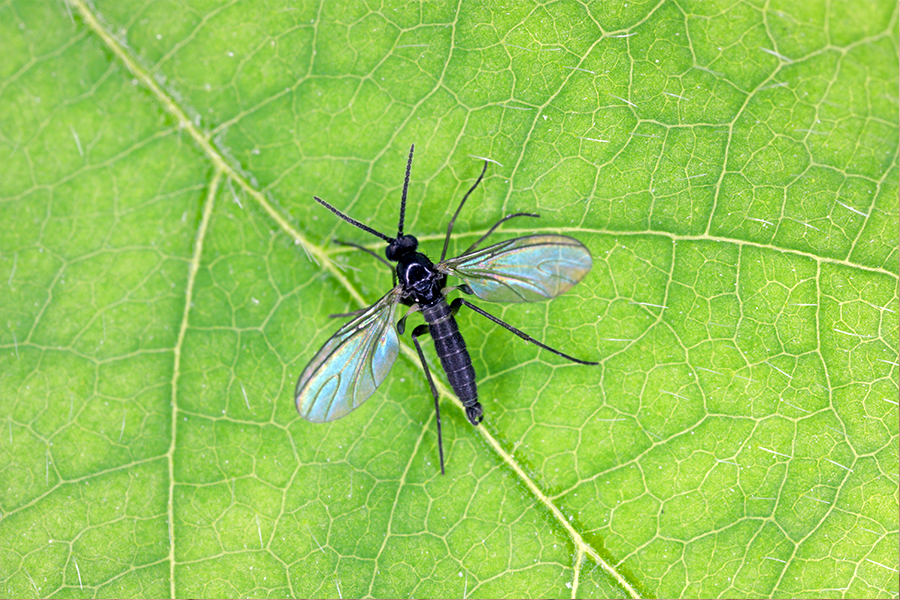
Nothing is more welcoming in the home, office, waiting room, or conference room than lush greenery. The benefits of plants in the home and workplace are well-documented. They remove pollutants, help workers relax and refocus, increase productivity, and make the room look better. Unfortunately, plants often come with the nuisance pest fungus gnats. Learn how to what they are, how they live, and how to control them.
James Morgan and Daniel Suiter
|
-
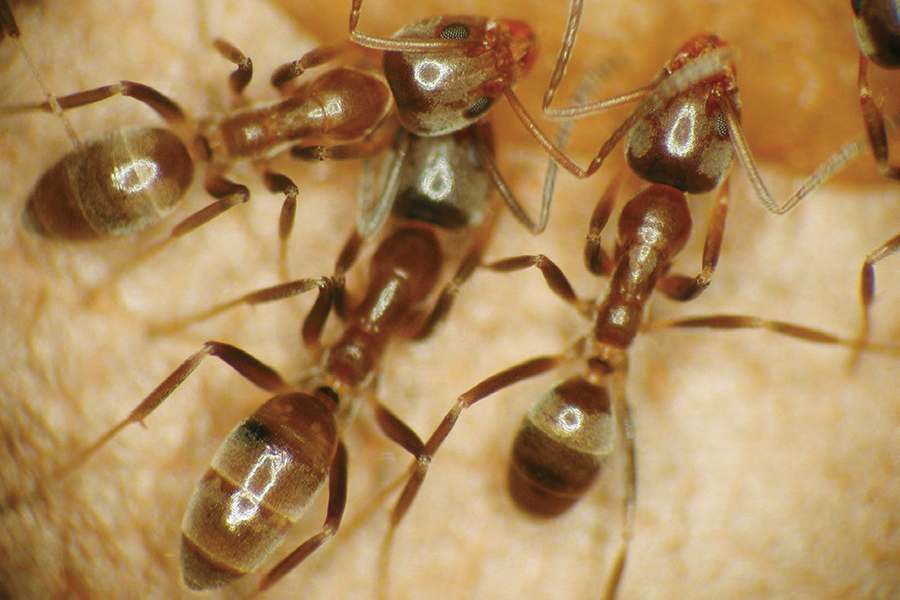
The Tawny crazy ant is a highly invasive species from South America. It was introduced into port cities in Florida and Texas. It was detected in Albany, GA, in August 2013 and in Camden and Glynn counties in Georgia in August 2014. The ant somewhat resembles the invasive Argentine ant. This circular is meant to help homeowners and pest management professionals identify the Tawny crazy ant and differentiate it from the Argentine ant (also known as ‘sugar ants’).
Daniel Suiter
|
-
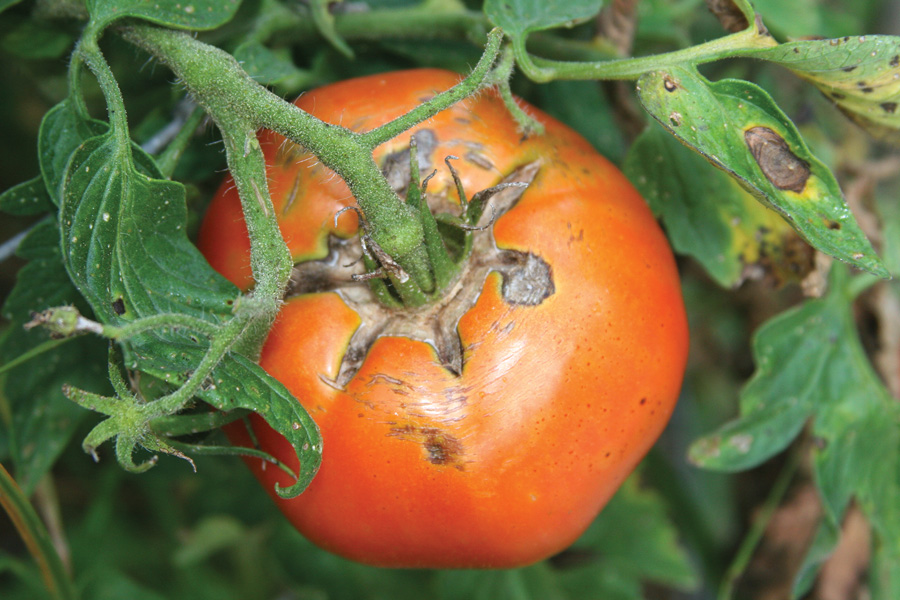
This publication is designed for small market growers, homeowners, and Master Gardeners in order to be a quick reference guide for diagnosing common problems in vegetables.
Susan Braman, Robert Westerfield, and Elizabeth Little
|